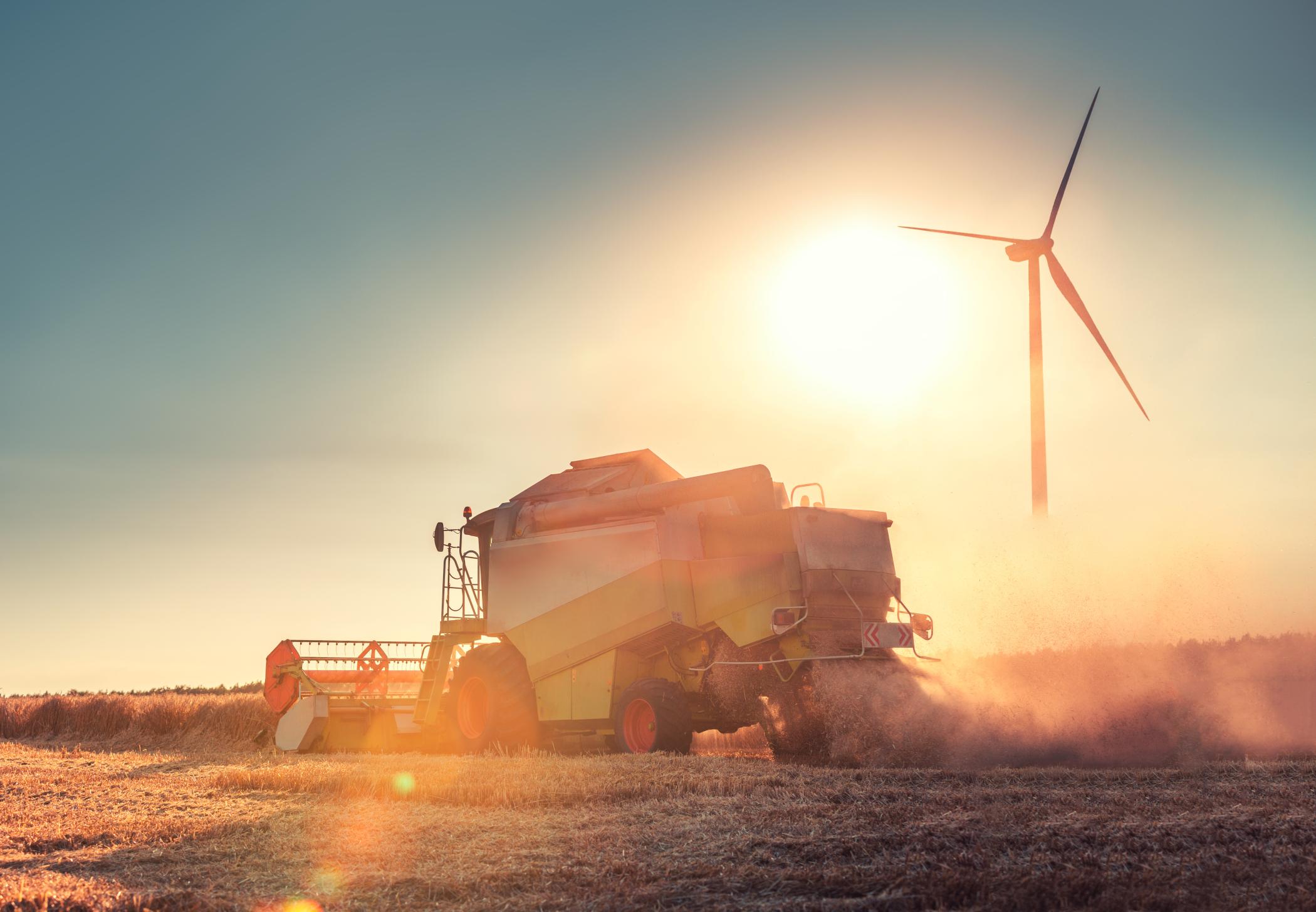Tech and behavioural changes could create a carbon negative food system by 2050

New research from a global team of academics shows how a combination of technological and behavioural changes could unlock a carbon negative global food system.
The technologies studied by the researchers include hydrogen-powered fertiliser production and advanced livestock feeds and soil amendments. Combining these technologies with the global adoption of “flexitarian” diets (mostly vegetarian with occasional meat eating) and lower food wastage would result in 33 gigatonnes of net negative emissions per year by 2050, the researchers say.
Current estimates suggest that the food system – the worldwide network that grows, distributes, recycles, consumes, and disposes of resources for food production – generates 21 to 37% of greenhouse gas emissions each year. Without significant interventions, these emissions could grow a further 50–80% by 2050.
Today’s study found that one of the most effective practices for removing CO2 was the restoration of abandoned agricultural lands to natural ecosystems, which could remove up to 10.3 gigatons of CO2 per year. This finding is based on a scenario in which increased crop yields from other technologies means more land can be given back to nature, clarifies co-author Dr Michael Clark, a senior research associate at the Smith School of Enterprise and the Environment.
While the results are encouraging, Dr Clark acknowledges that there will be “major barriers” to overcome. “We have not analysed the economic, logistical, social, or other implications of these technologies,” he said. And despite their promise, Dr Clark says dietary changes and other non-technological changes to the food system – like healthier and more sustainable diets - should remain a priority. “They bring benefits to multiple aspects of the environment, and also to health and nutrition, in ways that technologies may not."
Model-based scenarios for achieving net negative emissions in the food system was led by Maya Almaraz of Princeton University and Benjamin Houlton of Cornell University, and was published today in the open-access journal PLOS Climate.

